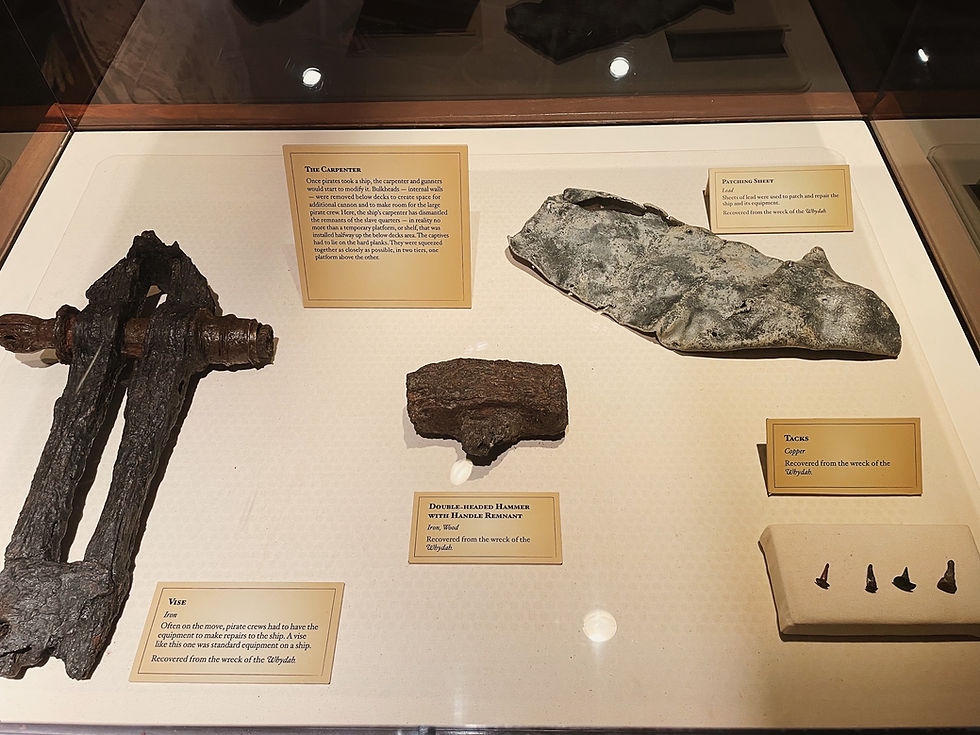Larding and Larding Needles
- marcsitkin
- Sep 2, 2021
- 2 min read
Set of 10 larding needles, two poultry needles, one cake tester, and holder.
Excerpted from The Chronicle Vol. XIII No. 3, September 1960
by Mary Earle Gould
Thestory of my gift of a set of larding needles is well worth telling.
I have my Grandmother Gould's cookbook of 1846 and after running across a rule about larding meat, I wrote to a distant friend to ask if he could tell me about the process and the tools. I had no reply. This was in 1952.
One Spring day in 1958, I went to the Wayside Country Store in Sudbury. As I stepped from my car, Milt Swanson, the owner, came to me and gave me a slender tin tubular holder. "This is yours," he said. It measures 11 inches long and an inch in diameter, with a two-inch long cover. I opened it cautiously. The steel tools within meant little to me, until I saw my letter of 1952 on yellow paper rolled tightly inside. The paragraph with my request about larding needles was marked. My friend had died and an auction of his entire collection followed. Milt Swanson attended the affair and purchased a lot of apparent junk. In it was the case of the larding needles. Finding my letter gave Mr. Swanson a thrill! It seemed as if the hand of Fate had turned the case to me.
To lard meat or fowl, strips called lardons or lardoons were inserted in the meat. These strips were bacon or fat pork. The cookbook said the strips were about 2 inches long and an inch wide and 8 of them were put into each pound of meat, with the larding needles.
The needle is a slender, pointed steel, rolled like a cornucopia, so that the tip is a sharp point and the head is slightly open. Each head has slits in it, an inch long, making 4 narrow parts. Into the slits, a piece of bacon or pork was set. As the needle was thrust into the meat and pulled through, the pieces of bacon slipped off and remained in the meat. With 8 pieces of bacon to each pound of meat, the meat was well seasoned. Today's term is basting, but on the outside, sometimes in gashes.
Another method still used across the water is to thread a long strip of bacon and pull it through and leave it. When the roast is cut, each slice has many dots of bacon in it.
The tin holder must have been a set that was purchased as complete. There are 10 needles of 5 different lengths, measuring from 9 inches in length to 6 inches, different lengths for different weights of meat. The set includes 2 long poultry needles, 9 and 7 inches, and a cake tester, a needle-like piece of steel with a loop handle.
Without doubt, the holder is between 75 and 100 years old. Reckoning by the early cookbooks 125 years ago, we can approximately date the needles as over 100 years old.




Comments